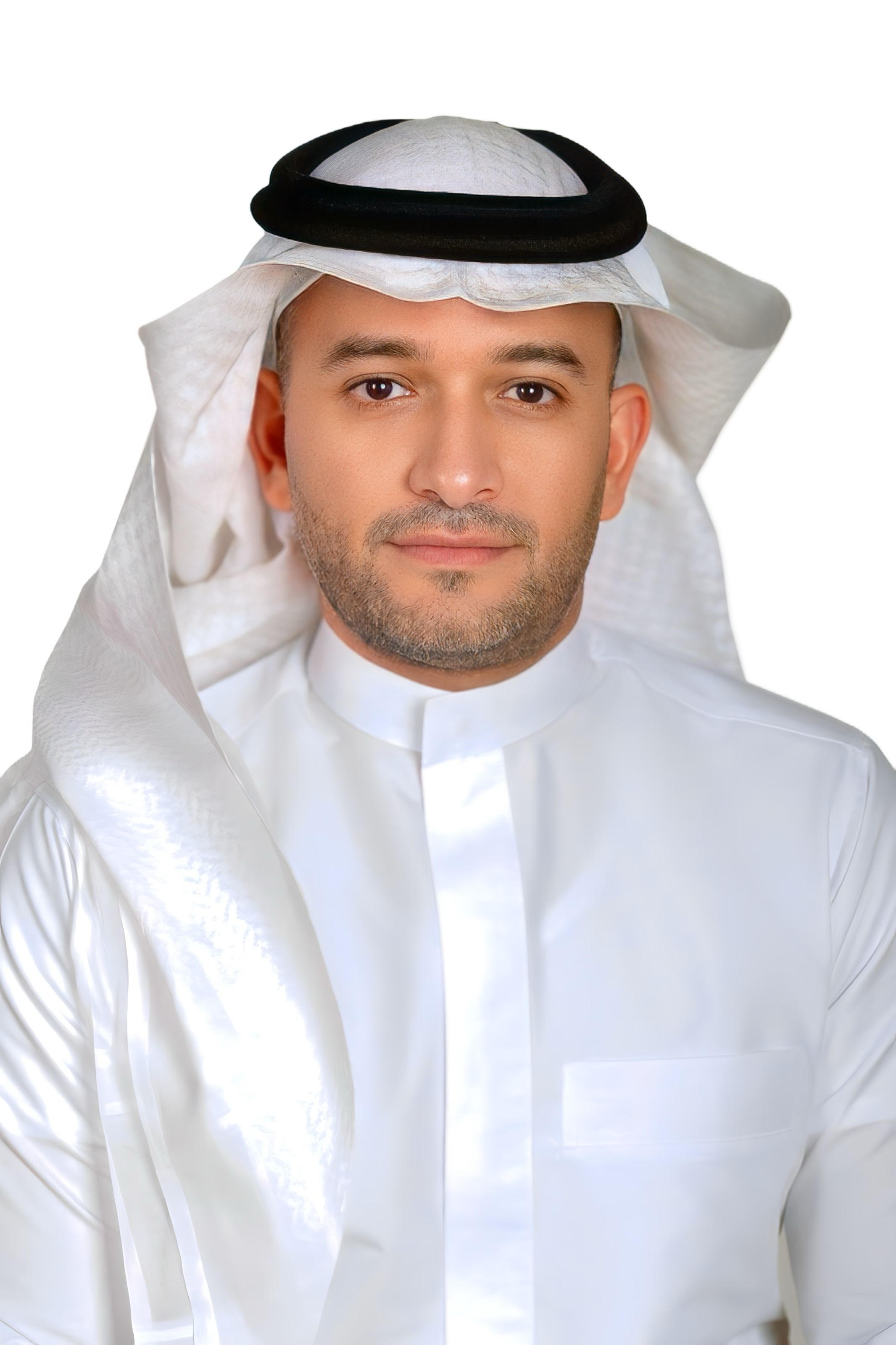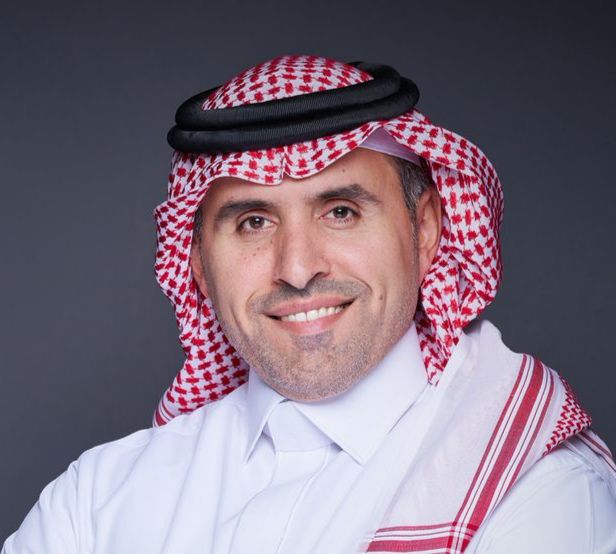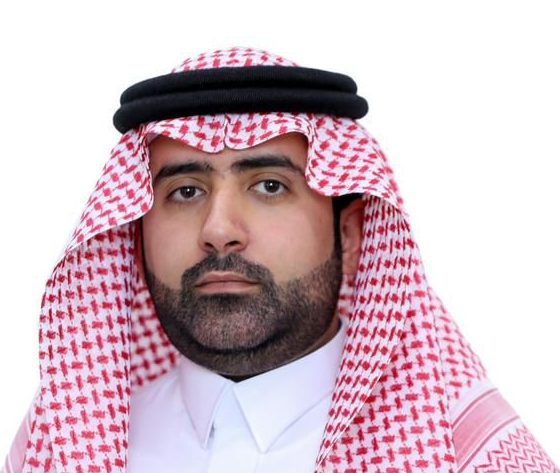Publisher: Maaal International Media Company
License: 465734
Ramadan of Millions: Strength in Faith, Brilliance in Leadership
اقرأ المزيد
Between start and finish, this year’s Ramadan hit record numbers across the board, among them being historic pilgrim attendance, bringing together over 122 million worshippers who visited the Two Holy Mosques.
Over 41 million Muslims gathered together at the Grand Mosque in Makkah on the 29th night, and more than 3 million worshippers attended special prayers (Qiyam and Taraweeh) at the Two Holy Mosques on the 27th night of Ramadan alone. Such numbers test the mettle of Saudi Arabia’s transportation sector, infrastructure, and organizational systems, demanding that everyone possible can get to where they need to go comfortably and promptly.
That notwithstanding, crowd flow and control throughout this Ramadan, though stressed, proved to maintain excellence by focusing on peak travel times management, curtailing the frequency of any delays, and maintaining prime operational efficiency. The sheer volume of pilgrims funneling through the transportation system is a testament, with over 1.2 million passengers using the Haramain High-Speed Railway to get between Makkah and Madinah, and on the 27th night, electric carts served over 57,000 pilgrims, supporting accessibility and embodying the role of an age-friendly infrastructure.
Technological infrastructure and security coordination were utilized and on full display, heralded by the diligence of the Presidency of Religious Affairs and the personal oversight at the Grand Mosque Operations Center by none other than Interior Minister Prince Abdulaziz bin Saud bin Naif bin Abdulaziz. AI-supported crowd control systems, surveillance, and smart monitoring platforms to manage millions of worshippers were utilized throughout. Meanwhile, the Ministry of Interior deployed thousands of personnel across various sectors, including traffic, security, emergency response, and special forces.
Alongside these efforts was the presence of tens of thousands of volunteers and workers, including security, sanitation, and health staff, who operated around the clock to fill whatever need would arise with such an increase in activity. During the last days of Ramadan, Crown Prince Mohammed bin Salman arrived in Makkah at the Grand Mosque, bringing leadership presence and oversight to an entirely new level of importance, reinforcing the direct involvement and support by the leadership of Saudi Arabia. His presence symbolized the Kingdom’s national prioritization of religious services and activities and the welfare of everyone within the touch of his rule—be they pilgrims or otherwise.
This year’s Ramadan was a spiritual triumph for Muslims everywhere, but more specifically, for those who came via pilgrimage to sojourn and worship within Saudi Arabia. The seamless hosting of over 122 million people without major incidents highlights the resilience, planning, and execution excellence of Saudi authorities, and the Kingdom’s role as the Custodian of the Two Holy Mosques was reinforced and shone brightly through data-backed operational success, spiritual enrichment, and humanitarian excellence.
When considering these terms and degrees of success, it’s an easy decision to lean on this year’s Ramadan as a measuring stick, setting standards for handling attendance and peaceful observance.






